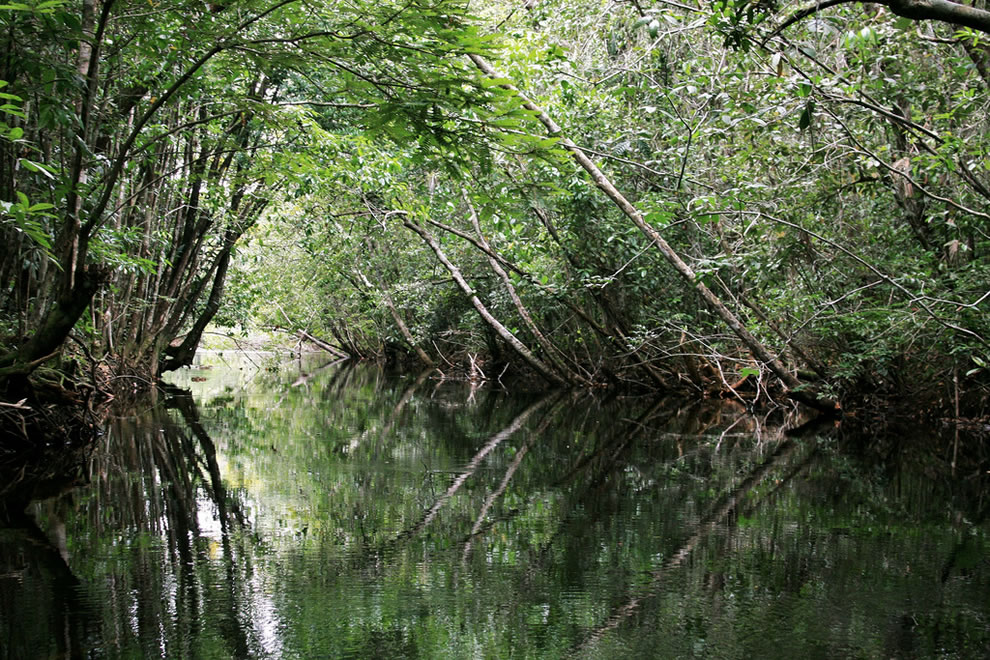In early October, two young Indigenous boys drowned while playing on the banks of a river in the Yanomami territory, a remote region in the Amazon River Basin. At face value, this story stands as a tragic accident. Nonetheless, it is representative of a much darker reality: the impacts illegal gold mining has had on the Indigenous people and their land.
The Yanomami Indigenous Health District Council and community members allege that the boy’s drowning was not in fact an accident, but could instead be directly attributed to a type of mining machinery known as a dredger. This machinery operates at the bottom of any given source of water to excavate a certain part of the waterbed and move it elsewhere. While such a technique is regulated by both state and federal agencies, it has been found to have impacts on sediment distribution and stream stability. Simply put, it can increase the speed and strength of the water current. This is exactly what the Yanomami council claimed had happened, alleging that the dredger created waves that would have not been there otherwise, pulling the children away from shore and letting them get swept away by the current.
While local police claim they have no information in regards to the connection of the machinery with the boy’s death, the story adds a whole new important element to the ongoing debate surrounding the protection of Indigenous communities and their land.
Although mining has been banned in the region for decades now, the rising international price of gold has brought a new influx of illegal miners and a wake of violence and environmental destruction. As seen in the drowning of the two local children, such illegal activity is starting to have very real impacts on the local communities, impacts that transpire past the obvious environmental destruction. Countless testimonies from Indigenous tribes detail the ongoing threats coming from miners and the lack of support they’ve received. In fact, between May and June of this year, there were five separate illegal raids on local villages one of which was caught on camera and left four dead, including two children.
Despite clear video evidence of the illegal destruction villagers are facing at the hands of gold miners, there has been very little governmental response. “We are screaming every day, asking the police to act on this group of criminals who want to devastate our territory and who threaten our own lives and integrity,” one group wrote in an open letter sent to the Federal Public Prosecutor’s office following an attack on their village in March of 2021.
Unfortunately, this inadequate response relates all the way back to the head of the state with President Bolsonaro, a man many claims is only enabling such destruction and violence. In February 2020, Bolsonaro signed Bill 191 which sought to legalize and regulate a number of mining projects and hydroelectric dams throughout the Amazon rainforest on indigenous territories despite clear objections and protests, citing that the Indigenous “cannot continue to be poor over a rich land.” Although the bill was dismissed in June of that same year, many lobbyists have once again begun advocating for its revival despite clear pushback from Indigenous groups.
How far will such uninhibited destruction go on until people see the detrimental impacts such illegal action is having on hundreds of Indigenous people? Every day people are suffering and it shouldn’t take another tragic and avoidable death to incite change.
Edited by Leslie Carmelotes
Emily is in her third year at McGill University majoring in Political science with minors in social entrepreneurship and international development.

